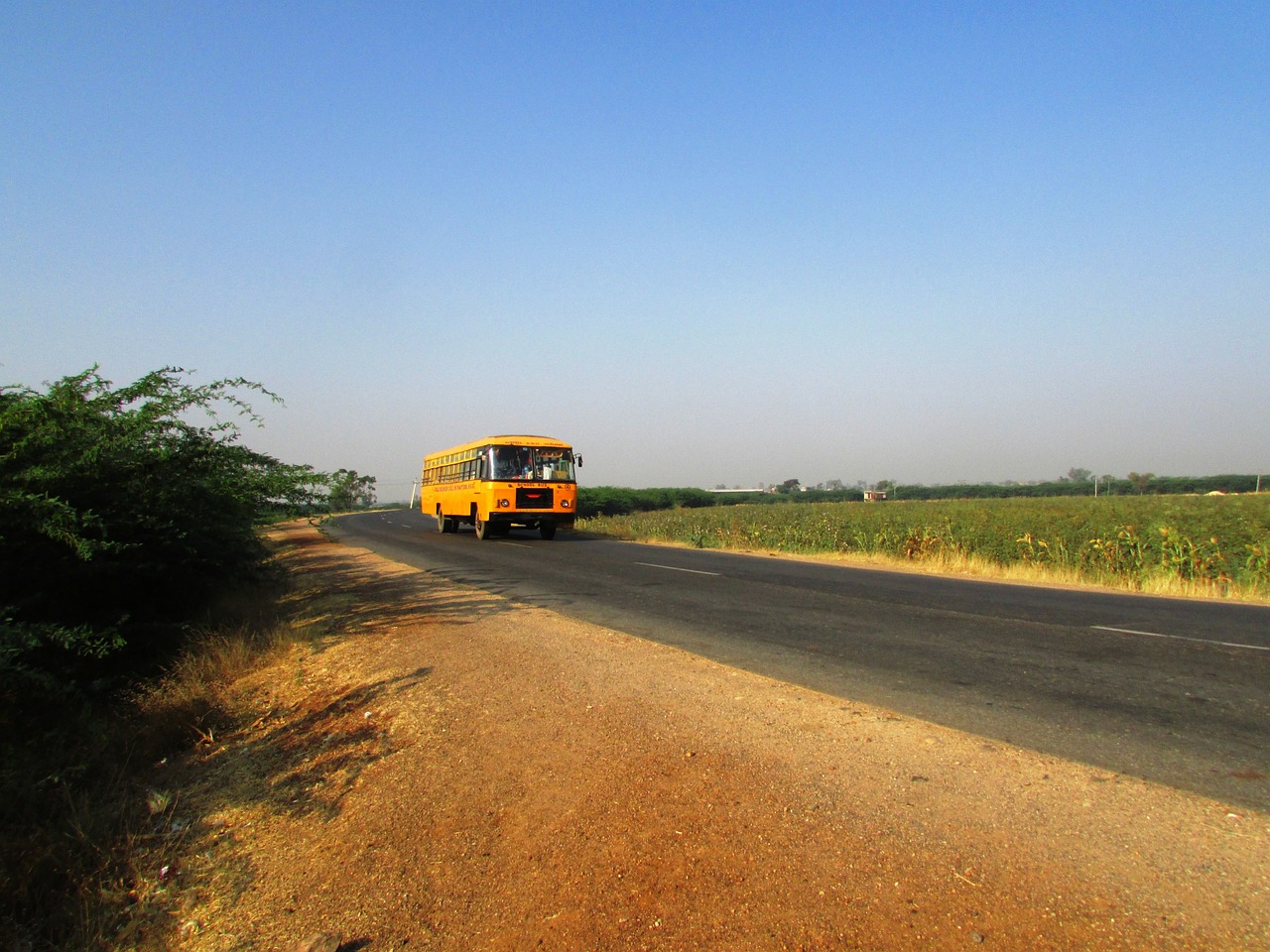The Impact of AI in Predicting Road Surface Conditions for Adaptive Traction Control
Artificial Intelligence (AI) has revolutionized the way road surface conditions are predicted. Through the implementation of AI algorithms and machine learning models, predictive analytics have become more accurate and timely. By analyzing vast amounts of data collected from sensors, cameras, and other sources, AI can forecast road surface conditions with greater precision, allowing for proactive maintenance and improved safety measures.
One of the significant advantages of AI in predicting road surface conditions is its ability to adapt and learn from real-time data. This adaptive nature enables AI systems to continuously refine their predictions based on incoming information, leading to more reliable and up-to-date assessments of road conditions. Additionally, AI can consider various factors simultaneously, such as weather forecasts, traffic patterns, and historical data, to provide a comprehensive understanding of the road surface conditions for better decision-making and resource allocation.
Challenges in Predicting Road Surface Conditions
One of the key challenges in accurately predicting road surface conditions lies in the dynamic nature of the environment. Factors such as weather changes, varying traffic volumes, and different road maintenance activities can all influence the state of the road surface. Predictive models need to account for these ever-changing variables to provide reliable forecasts.
Additionally, the lack of real-time data on road conditions can pose a significant obstacle in predicting road surface conditions accurately. Limited access to up-to-date information on factors like pavement temperature, friction levels, and surface deterioration can impact the effectiveness of predictive algorithms. Improving data collection methods and enhancing communication between road authorities and technology developers are crucial steps in overcoming this challenge.
How does AI help in predicting road surface conditions?
AI uses data from various sources such as sensors, weather reports, and traffic patterns to analyze road surface conditions and predict potential hazards.
What are some of the challenges faced in predicting road surface conditions?
Some challenges include the variability of weather patterns, inaccuracies in data collection, and the complexity of road surfaces and traffic patterns.
How can accurate predictions of road surface conditions benefit drivers?
Accurate predictions can help drivers make informed decisions about their routes, adjust their driving behavior to avoid accidents, and improve overall road safety.
Is there ongoing research to address the challenges in predicting road surface conditions?
Yes, researchers are continuously working on developing new algorithms and technologies to improve the accuracy and reliability of predicting road surface conditions.





